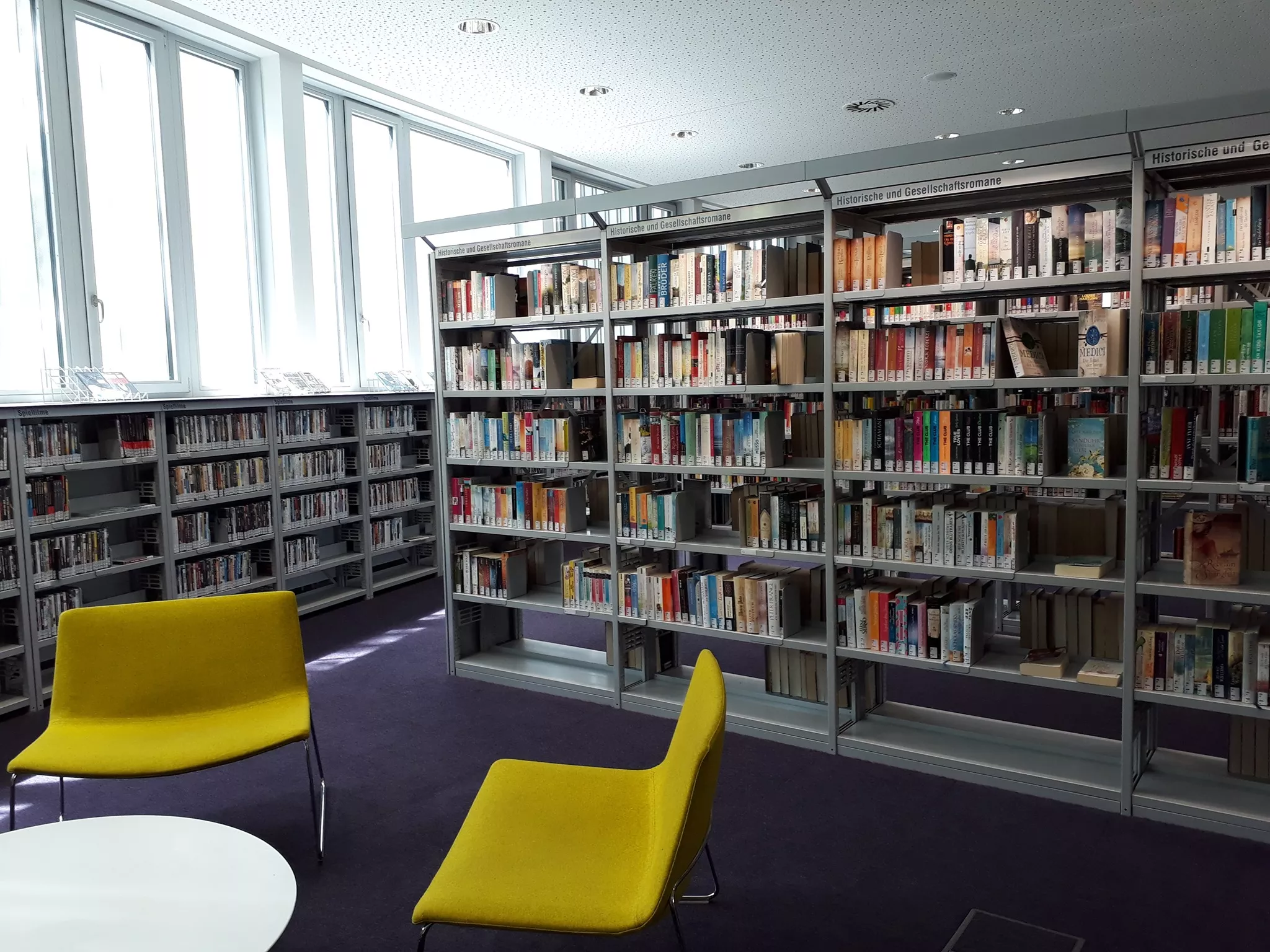Insights into the Austrian library system

A third, relatively independent group of libraries are the school libraries, of which, however, a considerable number are members of the Austrian Library Association.
There are also great differences in the training of librarians working in the different types of library. In academic libraries, education and training takes place as part of university courses. The education and training of librarians working in public libraries primarily takes place at the Federal Institute for Adult Education (BFI), and school library training takes place at the universities of education in the different regions.
For some years now, efforts have been made to reduce the gap between the library systems through education. Since 2009, the curriculum of the university course "Library and Information Studies" has included optional modules on public librarianship. These modules were designed by the Austrian Library Association. The Apprenticeship training "Archive, Library and Information Assistant", which has existed for about 10 years, also gives hope for closer cooperation and uniform training for all library types. Unfortunately, with the exception of the large municipal libraries, especially the Vienna Libraries, graduates of the university course and the teaching profession struggle due to a lack of job opportunities in the public library sector.
Some statistical data on the scientific libraries: 218 libraries with 1030 locations, 21,000,000 copies, over 9,000,000 loans, approx. 190,000 users, almost 10,000,000 visits.
Statistical data on public libraries
There are a total of 1383 public libraries (as of 2018), 139 of which are listed as combined public and school libraries. The total media stock amounts to 11,283,903 units. In total there are 812,000 library users in the country, around 24,000,000 loans and slightly more than 10,000,000 visits.
There are 833 full-time librarians, 562 part-time librarians and almost 9,000 volunteer librarians. The public library system in Austria is strongly influenced by voluntary work.
47.1% of the public libraries are run by the municipalities alone, 27% are run cooperatively by several institutions. Ecclesiastical institutions also run a lesser proportion of the country's libraries (16.3%). The Federation of Trade Unions and Chamber of Labour (ÖGB and AK) (3.3%) are also active as library owners. Among the "other institutions" (6.3%), associations are the most common library operators.
Concerning the users and the staff: Libraries are dominated by women.
The breakdown of users by age is as follows: 35.5% children, 8.1% adolescents and 55.2% adults (1.1% institutions). Looking at the gender distribution among employees and readers, the result is as expected: public libraries dominated by women. The public library workforce is made up of 87.7 % women and 12.3 % men.
Among the users, 65.3% are female and 34.7% male. Female dominance increases significantly with age: while 46.3% of child users under 14 are boys and 53.7% are girls, the ratio among young people shifts to 36.9% male users and 63.1% female users. Among adult users, only 26.9% of are male and 73.1% are female.
There are no Austrian laws to guarantee the existence of a public library in every municipality and to ensure the financing of public libraries. However, there is a federal law on the promotion of public libraries. This law provides libraries with support towards their purchasing budgets but is linked to the achievement of certain key figures. Funding is therefore only granted if certain quality criteria are met. This law also provides funding for all librarians at public libraries to receive free education and to attend a large number of free further education courses. The training courses and most advanced training events take place at the Federal Institute for Adult Education at St. Wolfgang am Wolfgangsee (Bundesinstitut für Erwachsenenbildung St. Wolfgang). Librarians do not have to pay any accommodation or meal costs.
I see the development of the public library system in Austria as fundamentally positive. Although the number of libraries is falling slightly, the total number of visits and loans is increasing slightly.
Austrian Library Association (BVÖ – Büchereiverband Österreichs)

At a book conference organised by the Federal Ministry of Education (Bildungsministerium) in December 1947, the idea was born to establish an umbrella organisation for Austrian public libraries, which then led to the foundation of the "Verband Österreichischer Volksbüchereien" on 1 June 1948. Initially, full members could be all legal persons who were the keepers or owners of public libraries and whose libraries had a minimum stock of 250 copies. In addition to services and advisory activities, the focus of its activities was to provide solid education and establish an Austrian Library Act. In 1988 the name was changed to Büchereiverband Österreichs (BVÖ). The Austrian Library Association represents the interests of public libraries and offers its more than 2,800-member libraries services, advice and information. Its services range from grants, projects to promote literature and reading and publications to free Internet services such as the establishment of a library website or an online catalogue.
Markus Feigl

Having completed his degree in history at the University of Vienna (Universität Wien), Markus Feigl trained for the library, information and documentation service at Vienna University Library (Universitätsbibliothek Wien). Until 2016 he held leading positions in the Vienna City and Provincial Libary and the Vienna Public Libraries.
Markus Feigl has been director of the Austrian Library Association (BVÖ) since May 2016. He is also a lecturer on the library training courses at the Universities of Vienna, Graz and Innsbruck, and at the Federal Institute for Adult Education in St. Wolfgang (Bundesinstitut für Erwachsenenbildung St. Wolfgang).




